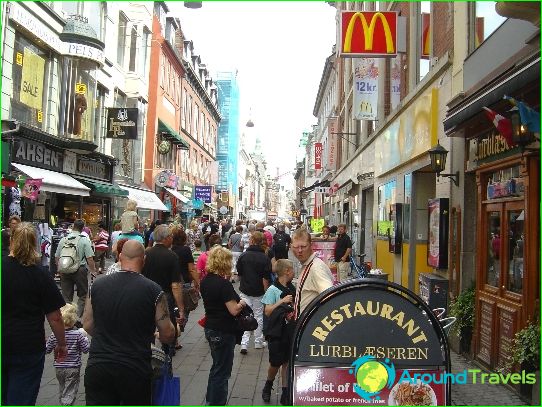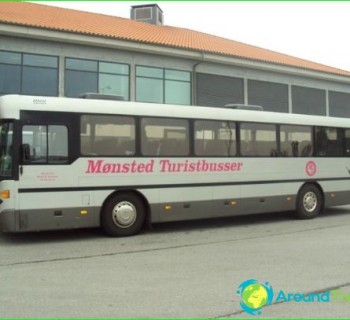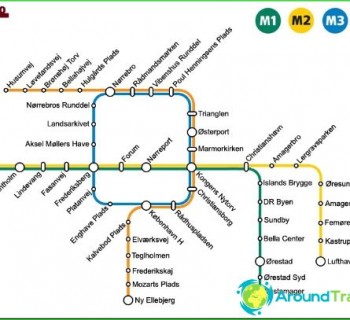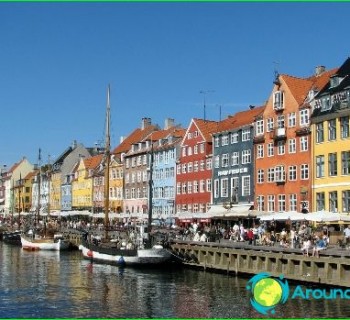Danish culture
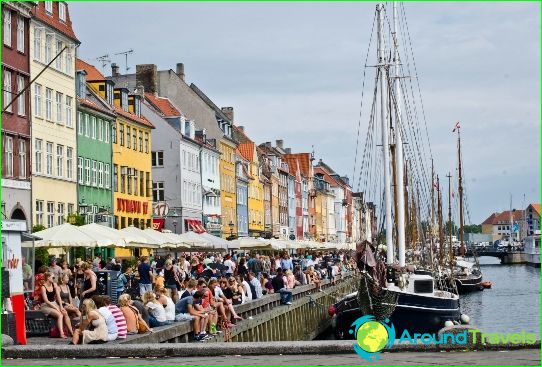
A person who believes in fairy tales and who prefers the modest charm of dim northern colors should definitely visit this country. The Danish kingdom has preserved many architectural sights and historical monuments, the age of which has long passed for a hundred years or more, and its museums are one of the most famous in Europe. The culture of Denmark was born in ancient Scandinavia, and today acquaintance with the country is an excellent opportunity to spend an interesting and rich vacation..
Skald creativity
In ancient Scandinavia, there was a special type of poetry called skaldic. Its traditions were formed by the beginning of the 9th century, and their bearers were poets and singers. Skalds lived at the courts of the nobility and composed songs and poetic tales, which they themselves performed. Moreover, a distinctive feature of the works was the complete reliability of the facts they reported. Without admitting a single drop of fiction, the ancient poets, in fact, kept a historical record, allowing the formation and preservation of the culture of Denmark.
The king and his legacy
Frederick V, the king who ruled the state in the middle of the 19th century, played a special role in the preservation of historical monuments in Denmark. Entangled in revolutions and redistribution of power, Europe at that time lost many architectural structures and historical values, but the Danes, who received a constitution from the hands of the monarch, did not start any riots. Thanks to the king and his wise and far-sighted policy, more than six hundred castles, ancient temples, medieval fortresses and cathedrals have survived in the country. For those who wish to get acquainted with the culture of Denmark, the very first to see are recommended:
- Kronborg Castle in Helsingor, where Shakespeare's play Hamlet was set.
- Frederick's marble church, built in Copenhagen in the 18th-19th centuries in the Rococo style. The temple has the largest dome in Scandinavia, the circumference of which exceeds 30 meters. The dome is supported by a dozen marble columns.
- Church in Kalundborg, a city that was a royal residence in the Middle Ages. The temple was built at the beginning of the 12th century in the Romanesque style by order of King Valdemar I.
- The brightest example of brick Gothic, the country's main cathedral in the city of Roskilde. UNESCO included the temple in its lists of World Cultural Heritage. In its present form, the cathedral was built in 1280, and within its walls are the tombs of all Danish monarchs.
